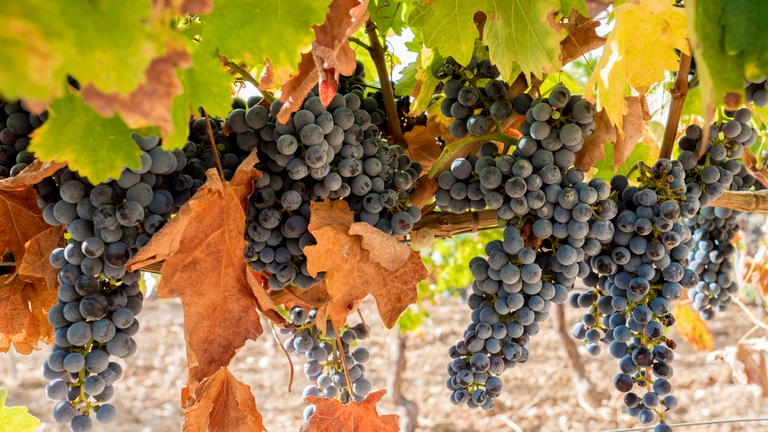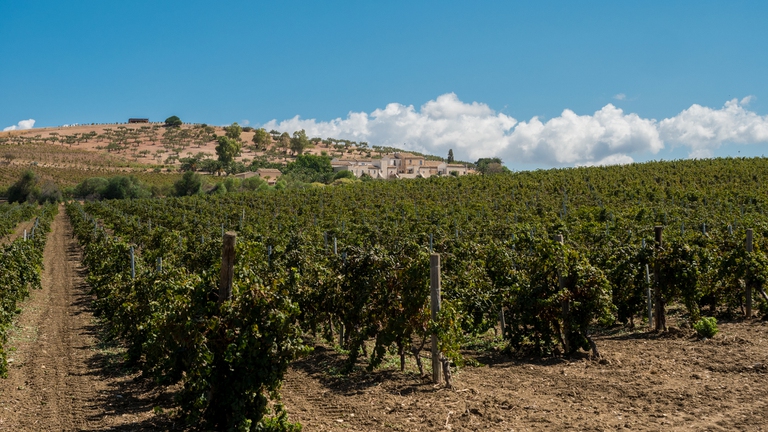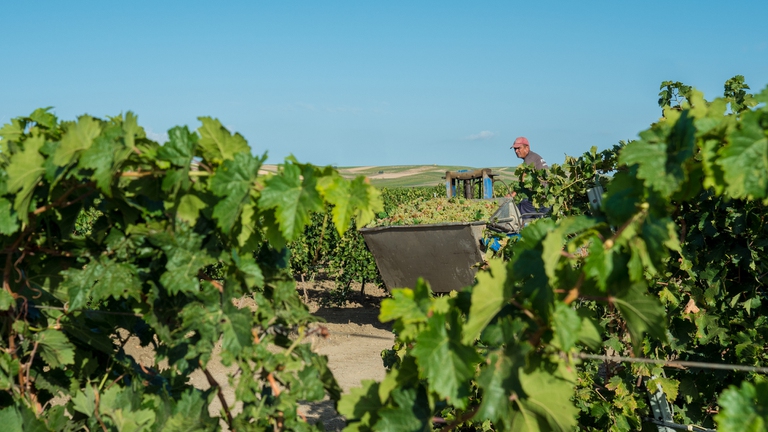https://www.lifegate.it/sicilia-vendemmia-100-giorni
- |
There harvest in Sicily it is the longest in Italy and lasts approximately one hundred days.It is certainly an ancient and fascinating ritual, marked by the ripening of the grapes which, from a production point of view, represents the culmination of a process carried out throughout the entire agronomic year, which literally bears fruit during the moment of harvesting.Let's talk about this with Federico Lombardo of Monte Iato, Coo of Firriato, a Sicilian company that stands out in the wine sector for the attention dedicated to the topic of sustainability.
With its seven estates and its 470 hectares of vineyard land, Firriato it contains within it the great variety of Sicilian terroirs.As Lombardo di Monte Iato explains, "from a viticultural point of view we can consider Sicily as a real continent, due to the diversity of soils and climates contained within it".In fact, on the island we find six soil orders out of the twelve total classified worldwide, each with precise pedoclimatic characteristics.Let's also talk about unique habitats in border lands where heroic viticulture is practiced, challenging the climatic conditions on the islands due to the influence of the sea, while mountain viticulture continues along the slopes of Etna.Because of this the harvest lasts over time continuing for months.
A harvest that lasts 100 days
It starts in July in the western part, then gradually moves eastwards and ends in autumn with the late Etna grapes.“At the Firriato house we start from hills of the Trapani countryside, then we move on toisland of Favignana to end onEtna, the highest active volcano in Europe”, says Lombardo di Monte Iato.Great attention is given to the monitoring activity which allows the ripening period of the bunches to be precisely established.For this reason, within the "vineyard units" nothing is left to chance."There environmental sustainability it is an integral part of our production philosophy.In Sicily we do aridoculture with controlled water stress, so when we implement emergency irrigation, we do it with water balances, paying attention to the needs of each individual plant, to use as little water as possible", explains Lombardo di Monte Iato.From this point of view, the technological support given by agro-meteorological stations which analyze the context variables and guide choices is fundamental.

The native vines of the Trapani countryside
In the historic estate of Baglio Soria we meet the winemaker Giovanni Manzo who works for Firriato.With him we talk about native vines present in this area which boasts a thousand-year tradition of viticulture.We are, in fact, in the province of Trapani, an elite area for the production of grapes and wines, as well as the most vine-growing province in Europe.The crops follow one another along the very windy hills that develop at around 120 meters above sea level on the west coast, a few kilometers from the Mediterranean.The soil is particularly rich in clays and red marls, minerals capable of giving a good structure to the soil, offering ideal conditions for growing both white and red vines.

Here Firriato has decided to enhance the native vines, namely the Nero d'Avola – from which red wines with great structure are obtained – and the Perricone, a relic vine.In fact, Perricone was recovered after having risked disappearing and is today well represented by Ribeca, wine resulting from this work carried out by Firriato for decades.As Manzo underlines “these vines are the maximum varietal expression of the territory”.
Also in the Trapani countryside we find the international cultivations of Cabernet Sauvignon, Cabernet Franc, Merlot, Chardonnay And Syrah managed with the precision viticulture which allows you to improve productivity by reducing waste, thanks to the use of technological tools.

In view of the harvest, which begins during the first ten days of August with the Chardonnay grapes, it is essential to monitor the ripening of the bunches, also taking samples and tasting them.There harvest is done by hand, just as the cultivation methods that involve the practices of green manure, poor pruning and treatments using natural derivatives such as sulfur and copper.Both Manzo and Lombardo di Monte Iato reiterate that the work aims to bring it to the cellar healthy and intact grapes, which require zero intervention.“The harvest – concludes Lombardo di Monte Iato – is the culmination of this process in which they meet tradition and technological innovation.The objective is to obtain high quality grapes but, at the same time, to have the peace of mind of having respected the environment".
Thus, year after year, respect for that bond with the land of which wine is an authentic expression is passed down in the vineyard and grows.
